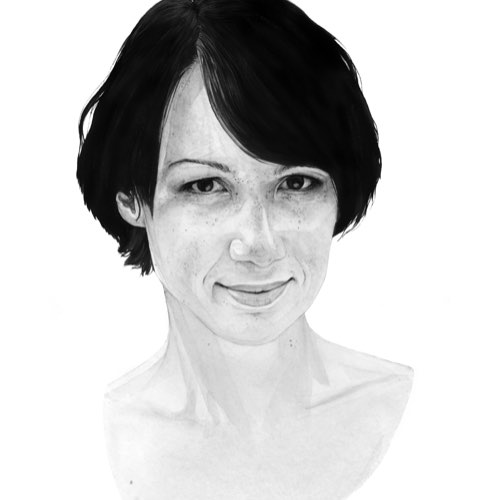The last time I wrote something linearly – as in, started at point A and ended, unedited, at point Z – was in 2004. The timer had started in an essay exam for my master’s degree, and on the desk in front of me was a single blank page. I had to answer the question on the board using only a pen.
I hadn’t written anything of substance without a keyboard and mouse in more than a decade, and something fundamental had changed. My brain now organised itself in disorganised snippets of phrases and paragraphs that were entirely out of place until they were cut and pasted into their correct order. But that’s not how pens work.
The essay I submitted was covered in circles and arrows and scribbles in the margin that begged the examiner to read paragraph three before paragraph one, and to swap out this phrase with another. I can only assume they were in the same boat as me, because somehow I passed.
In the 100th episode of Digital Human – 15 years of even more entrenched computer use later – we poked at this mental shift. We decided to make the programme using old skool, non-digital methods: heavy recording machines, limited tape supplies, no copy-and-paste feature, and certainly no ‘undo’.
This is entirely different from how we’ve been making programmes for the 20 years since digital editing tools arrived at the BBC. Nowadays, we don’t use razor blades to cut single-use snippets of magnetic tape. Nor do we use sticky tape to paste it into place. We select things with a mouse, occasionally copy the selection so we have another version of it, and paste it elsewhere. We add music underneath, and shift it around at will. None of this is done live – not even my links. Those are recorded separately and slotted in.
In the 100th-episode experiment, everything had to have human hands on it, and every touch degraded the original. Everything had to be done ‘as live’ – from fading up the music to reading my lines into the story. It all had to be meticulously planned from the moment the idea came up, because it had to be recorded in one go.
Read more of Aleks Krotoski's columns:
- The curse of leprosy is not spiritual or medical - it is entirely social
- Why don't we care about our data privacy?
- World Of Warcraft and similar online games can offer a lifeline to disabled people
It was thrilling, but exhausting in an entirely different way from our regular process because of the analogue constraints.
The digital age doesn’t alleviate cognitive heavy lifting, though; it simply pushes it to the end of the process. But the ability to copy in high fidelity and endlessly undo means that we are never entirely done. We can forever edit out a contributor’s ums and ahs, we can shift things around. We now have an unlimited toolset in drop-down menus, so we can add fades and filters until the end of time.
I didn’t write this column on paper with a pen, but I wish I had because I’ve been cutting and pasting it for a week. The constraints on creativity that the analogue world enforces are now quite foreign to how we produce things.
Putting the cognitive load at the front end is an entirely valuable, if retro, way to create. And it’s something that, combined with the endless toolbox we now have at our fingertips, is powerful indeed.
Follow Science Focus onTwitter,Facebook, Instagramand Flipboard
